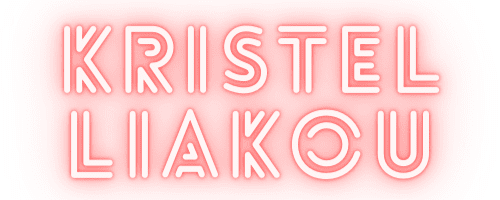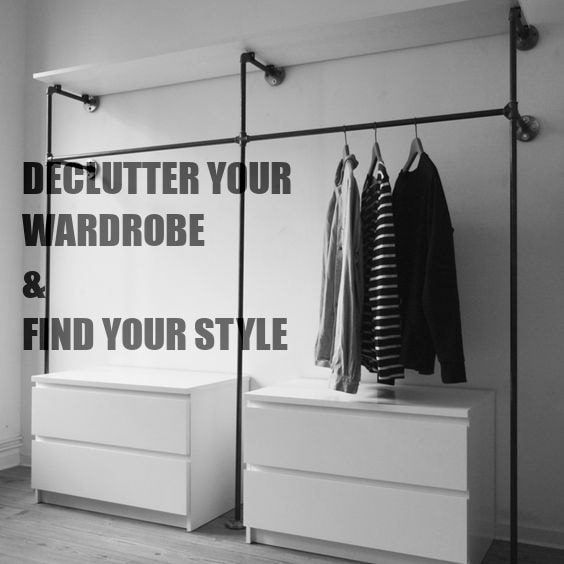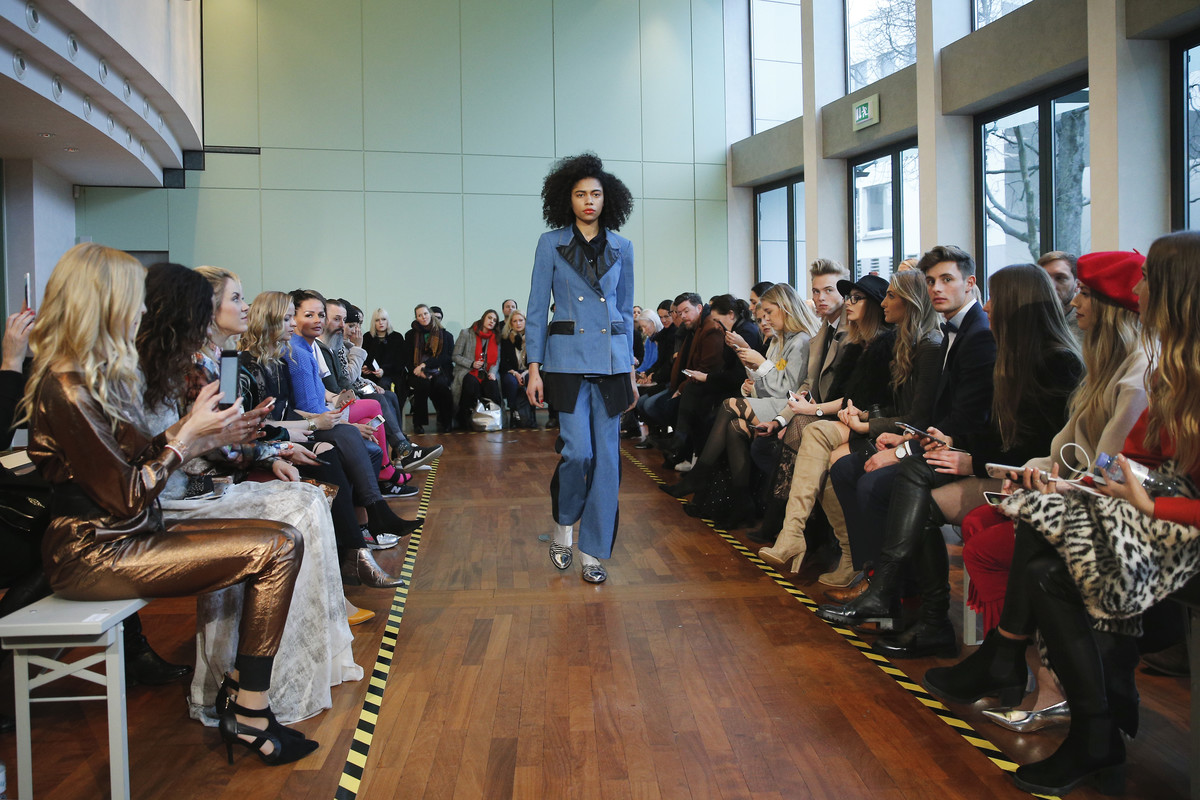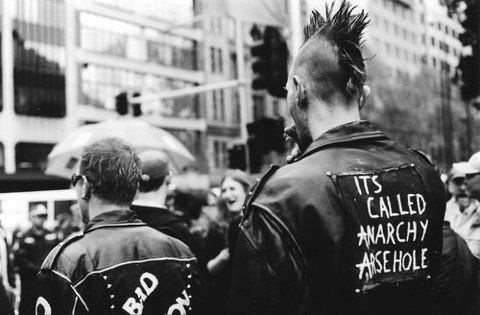
If there was one book we could say it is like a Bible to Closet Liberation, that would definitely be the first book Tansy E. Hoskins ever wrote. Tansy is a journalist, a writer, campaigner and a true activist -often covers issues like sweatshops, environmental degradation, poverty and social justice and also anti-war campaigns. She doesn’t work in fashion, nevertheless her book “Stitched Up: The Anti-Capitalist Book of Fashion” issues every part of the fashion industry and brings light to every hidden detail. If you feel that things in fashion are not quite right, make some time to read the ultra interesting Q&A with Tansy.
At the very beginning of your book, you mention that “Fashion is an industry that sells itself as providing a choice and variety, yet its press is controlled by a few huge companies. There appears to be a choice between Glamour and Vogue or Elle and Harper’s Bazaar but it is merely a choice between two media brands espousing the same values and owned by the same giant corporations.” How would you reform fashion journalism right now -in today’s capitalist society and sparking a revolution at the same time? Could you describe your ideal contemporary magazine?
Interesting question! I think the first step would be to permanently divorce coverage of fashion from advertising revenue. That way journalists would be more free to write honest reviews of designers work, to expose the labour and environmental abuses of the industry, to give platforms to young up and coming designers, and not to write endless tedious copy about boring, but damaging, products.
The second thing would be to ensure real and permanent diversity in the pages of this magazine – representations of people of all races, ages, genders, sexualities, sizes, abilities and so on. We damage ourselves by focusing on our appearances so much and we damage ourselves further by allowing such strict rules about who is and is not beautiful. We should celebrate difference and celebrate people (especially women) for things other than their appearance.
This magazine would also have to be about something other than selling people yet more stuff that they do not need. Over production and over consumption are ruining the planet we live on. We have to get out of this trap and find other ways to make ourselves happy.
Would you characterize bloggers who talk about a “capsule wardrobe” or a “buy less – choose well” system, as ethical fashion blogging?
The term ‘ethical fashion’ has come to encompass many things. Many bloggers make a serious effort to try and showcase alternatives to rampant consumerism which is important. What should be remembered is that solutions that are not available to everyone are not going to change the world. They are merely exclusive. For example, the ability to save for an expensive item is itself very much a condition of class.
Vegan Leather is not the ideal substitute for real leather because producing it is very harmful to the ecosystem. Ethical brands are not quite ethical, as you have explained in your book. Big fashion houses -owned by a few corporations- produce their clothes in the same buildings as fast- fashion brands do, thus exploiting their labour force. “There is no way out of sweatshop labour and environmental devastation via an individual route.” So if changing buying habits don’t really make a difference, what can consumers really do?
Eco-friendly vegan alternatives to leather now include pineapple leather, wine leather, cork leather, soya, apple, paper, mushroom, and even tea leather (known as teather). These new products are durable, non-toxic, and some can often be recycled back into the soil – I like them a lot more than skinned animal leather!
I don’t think anyone, anywhere should ever think of themselves as a ‘consumer’. My friend Andrew Morgan, who directed the True Cost movie, says he has never met ‘a consumer’. Instead we are people, citizens, activists… Thinking only about shopping is a neo-liberal dead-end. It only benefits the brands. A few alternatives to shopping include:
1) Join a group already working in this area – Greenpeace, War on Want, Labour Behind The Label, Clean Clothes Campaign, United Students Against Sweatshops, Workers Rights Consortium and so on.
2) Sign and share petitions online about the garment industry.
3) Hold film showings or book readings or discussion groups in your school, college, university, workplace, or old people’s home!
4) Hold a fundraiser to support trade unions in Bangladesh or Cambodia.
5) Use social media to question brands about their practises and to highlight their wrongdoings.
6) Write articles, make films, create art about the problems in the garment industry.
7) Attend demonstrations outside branches of brands, engage in sub-vertising and stickering.
 Why don’t people believe in changing the world/ system anymore?
Why don’t people believe in changing the world/ system anymore?
I think they do. I think people are more connected and concerned than ever before.
In your eighth chapter “Resisting Fashion” you are saying that “We have not reached a point where people can dress in a gender-free style”. The other day I was writing about 44 percent plunge in boob enhancing bra style because women are now opting for the flat chested androgynous look. Please share your thoughts on the “ungendered” issue.
It is weird when individual body parts get fetishised and turned into trends of their own. This repeatedly happens with women’s breasts – during one trend they are supposed to be huge and in the next they are supposed to be small. The options for keeping up with such trends are surgery, or bras/binders to make breasts bigger or smaller as needed.
The main thing with such trends is keeping a sizeable portion of the population feeling inadequate and having to spend money on clothes, uncomfortable underwear, gym memberships, surgery and so on. A sign that we have actually reached true genderless dressing will be when not a single trans person is harassed, attacked, or murdered for being different or wearing the ‘wrong clothes’. At the moment we are sadly a long way from that point.
Your book is very bold and controversial and this is why I love it. It is aggressive in a polite way, giving the facts and not beating around the bush. At some point in your book, you mention that journalist Hadley Freeman from the Guardian, who had been banned from Jean Paul Gaultier shows for life, after accusing him of gleeful savagery for his use of fur. After publishing this book, did something similar happened to you -not only from fashion designers but from corporations or media?
I was never really one for attending fashion shows anyway so no one took away any invitations. My stance was definitely too much for one fashion internet site in particular but they didn’t pay me to write for them so when we fell out it was a good thing really.
I definitely think that if Stitched Up had been more reverential towards the fashion industry that I might have been invited to do different kinds of things – however the most important thing for me was to tell the truth, link things together, and not let anything slide. I met some fantastic people by writing Stitched Up and lots of journalistic doors opened up for me, so I am not complaining!
What is your next project after Stitched Up?
After quite a few false starts I now have a new book proposal which I have submitted to some publishers for consideration. I am very excited about it, but need to see what happens next.





One thought on “Interview with Tansy E. Hoskins the author of Stitched Up: The Anti-Capitalist Book of Fashion”